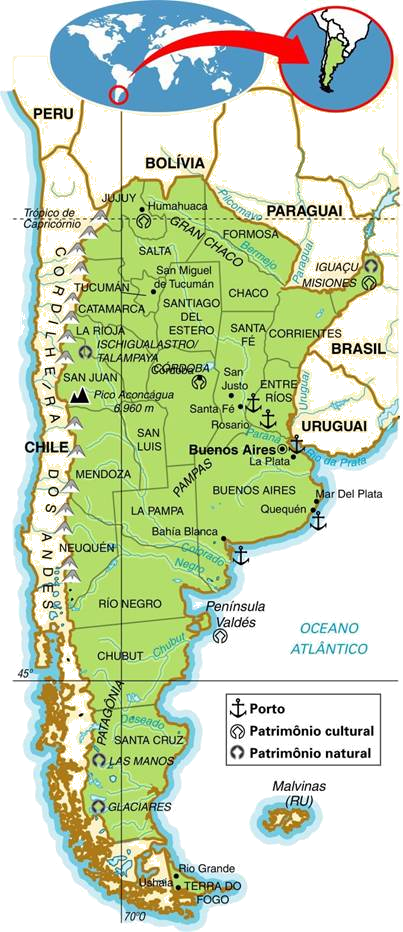Immigration in Argentina
Argentina is a country that historically has received immigrants from various parts of the world, contributing to the formation of its diverse culture and society. Between the 19th and 20th centuries, Argentina was one of the main destinations for European immigrants, mainly from Spain, Italy, and Germany, as well as people from other parts of the continent, such as Syrians, Lebanese, and Armenians.
This migratory flow had a significant impact on the culture, economy, and demographics of the country. Many Argentine cities have neighborhoods and communities with strong cultural influences from these ethnic groups, such as the Italian and Spanish neighborhoods in Buenos Aires.
However, over the years, Argentina has also undergone political and economic changes that influenced its immigration policy. During certain periods, there were policies to encourage immigration to help populate and develop regions of the country, while at other times, there were stricter restrictions.
Currently, Argentina still receives immigrants, but the immigration policy may vary depending on the country's political and economic circumstances. I recommend checking updated and official sources from the Argentine government for specific information about the most recent immigration policies and procedures for immigrating to Argentina.

